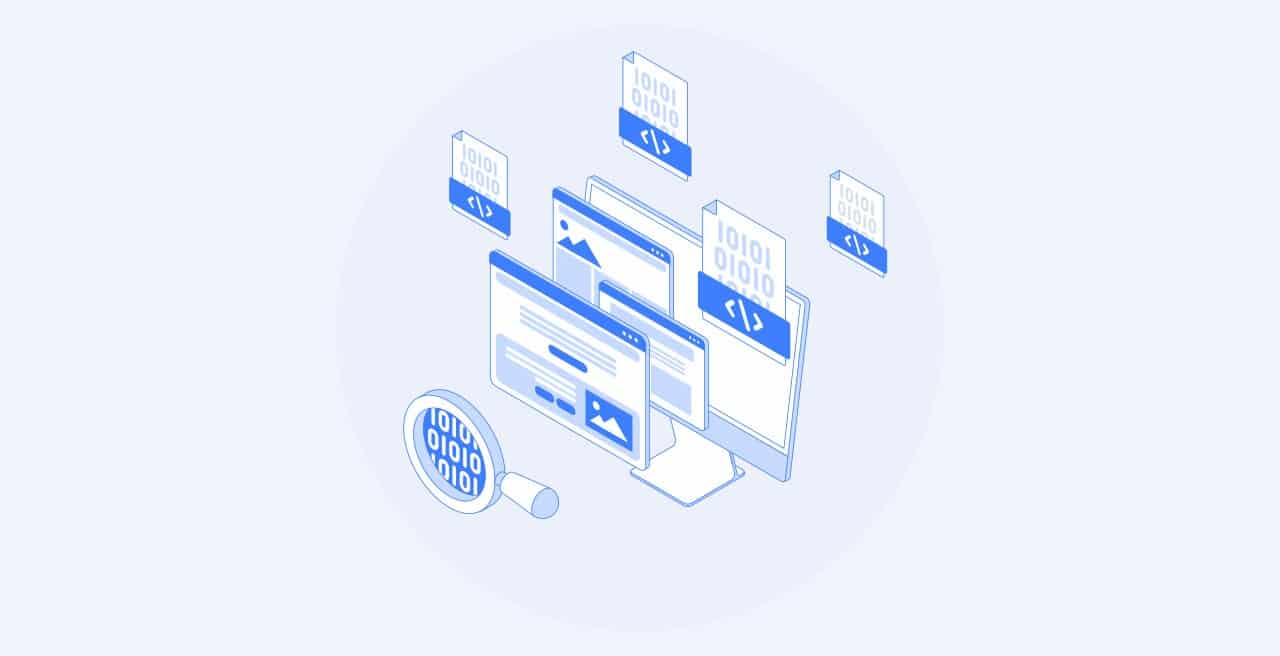In our rapidly expanding digital world, the amount of data generated every day is staggering. The efficient management, extraction, and analysis of this data have become essential for individuals, businesses, and organizations to succeed. One of the critical steps in managing data is data parsing. This paper will explore the concept of data parsing, its benefits, and the challenges faced in this process.
Definition:
Data parsing, also known as syntax analysis or text parsing, is the process of breaking down structured data (e.g., text, code, or files) into more manageable and meaningful components. This process helps in extracting relevant information and understanding the data’s structure to facilitate further analysis or manipulation. Parsers are specialized software tools or algorithms that perform this task, interpreting data according to predefined rules or patterns and organizing it into a more accessible format.
Benefits:
Improved data quality: Data parsing can identify and rectify errors, inconsistencies, and redundancies in data sets, leading to cleaner and more accurate data for analysis.
Efficient data processing: By breaking down complex data into smaller, more manageable components, parsing enables faster and more efficient data processing, which can save time and resources.
Enhanced data analysis: Parsed data allows for more precise and in-depth analysis, as it is easier to identify trends, correlations, and patterns in well-structured data.
Better decision-making: With accurate, well-structured data at hand, organizations can make informed decisions that drive growth and success.
Interoperability: Data parsing enables the conversion of data between different formats and systems, fostering better communication and collaboration between various applications and platforms.
Simplification of data extraction: By parsing data, relevant information can be easily extracted for specific purposes or applications, reducing the complexity of handling large data sets.
Challenges:
Diverse data formats: With numerous data formats and structures in use, developing parsers that can handle various formats effectively can be challenging.
Evolving data structures: As technology advances, data structures change and evolve, requiring continuous updates and adaptations of parsers to remain effective and accurate.
Ambiguity in data: In some cases, data can be ambiguous, making it difficult for parsers to accurately interpret and analyze it, leading to errors or misinterpretations.
Large data volumes: Parsing vast amounts of data can be resource-intensive, putting pressure on processing power and storage capacity.
Handling incomplete or noisy data: Data sets may be incomplete or contain irrelevant information, making it difficult for parsers to extract meaningful insights.
Maintaining data privacy and security: When parsing sensitive data, it is crucial to ensure that privacy and security concerns are addressed and complied with, which can be a challenging task.
Conclusion:
Data parsing is an essential aspect of data management and analysis, providing numerous benefits such as improved data quality, efficient data processing, and enhanced data analysis. However, it also presents several challenges, including handling diverse data formats, evolving data structures, and maintaining data privacy and security. To overcome these challenges, organizations must invest in developing robust parsing tools and strategies, ensuring their data is well-structured, accurate, and secure to drive informed decision-making and success in the digital age.

